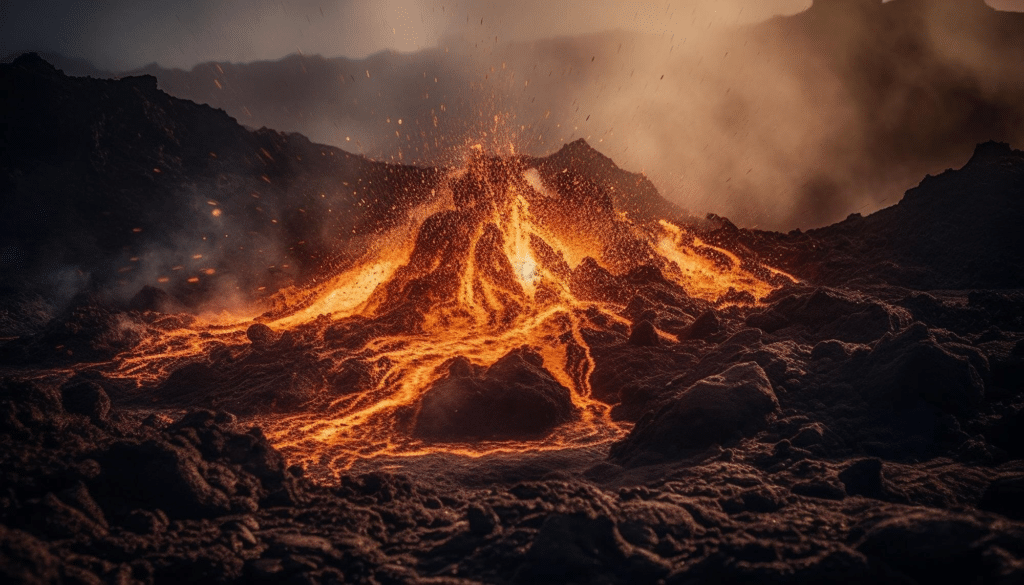Hundreds of thousands of Americans are preparing for the worst as scientists warn of a potential eruption from a nearby volcano.
Mount Spurr, standing at 11,070 feet in Alaska and located near Anchorage, the state’s largest city, appears poised to erupt, despite the fact that there are 169 volcanoes classified as “active” across the United States.
This volcano, which is nearly 2,000 feet taller than the Yellowstone supervolcano, can be seen by residents of Alaska from as far as 81 miles away on a clear day.
The Alaska Volcano Observatory (AVO), the agency responsible for monitoring 90 of the 140 volcanoes in the state, reported that over 100 earthquakes have been recorded beneath Mount Spurr each week during February and March. Since April 2022, more than 3,400 earthquakes have occurred in the vicinity of the volcano.
AVO scientist Matt Haney discussed the potential eruption in an interview with Alaska Public Media. He noted that while residents of Anchorage might not hear an eruption similar to those in 1953 and 1992, those closer to the volcano would. However, being near the volcano during an eruption would not be advisable.

Eruptions that produce ash can generate volcanic lightning within the ash cloud, which can lead to thunder that may be audible from a distance. “We typically experience explosive eruptions that fragment magma and propel ash up to 50,000 feet into the atmosphere,” Haney explained.
Mount Spurr erupted three times in 1992—in June, August, and September—compared to just one eruption 39 years earlier. The second explosion on August 18, 1992, occurred when winds were blowing toward Anchorage, resulting in ashfall over the city.
Given that the last significant eruption was approximately 43 years ago, it is likely that ash will fall over Anchorage and surrounding communities.
Residents living near Mount Spurr have started to gather safety supplies, including goggles, latex gloves, face masks, gas masks, and ample water in anticipation of the eruption.
The International Volcanic Health Hazard Network (IVHHN) warns that inhaling volcanic ash can lead to respiratory issues, severe asthma attacks, and irritation of the eyes, nose, and throat.





